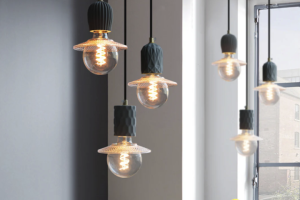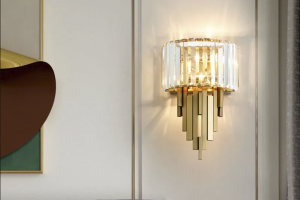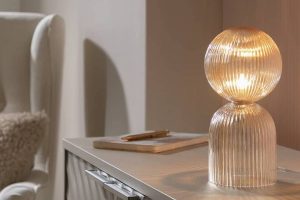Introduction:
Lighting is an essential component in our daily lives as it illuminates our surroundings and creates a comfortable atmosphere. E14 bulbs are a popular choice for both domestic and commercial use due to their small size and the ability to fit into various lighting fixtures. In this article, we will delve into the details of E14 bulbs, how they work, their advantages and disadvantages, and different types available.
What are E14 bulbs?
E14 bulbs, also known as small Edison screw bulbs, have a screw base diameter of 14mm. They are known for their small size and are commonly used in lamps, chandeliers, and other decorative lighting fixtures. E14 bulbs come in various wattages and temperatures and emit different levels of brightness depending on their intended use.
How do E14 bulbs work?
E14 bulbs work similar to other incandescent bulbs, where electricity passes through the filament, heating it up to produce light. The heat generated by the filament causes it to emit a bright light that illuminates the surrounding area. E14 bulbs are known for their energy-consuming tendency and short lifespan. However, advancements in technology have led to the development of energy-efficient E14 LED bulbs, which consume less power while emitting a brighter light.
The Advantages and Disadvantages of E14 bulbs
E14 bulbs have their fair share of advantages and disadvantages. One of the significant advantages of E14 bulbs is their small size, which allows them to fit into various lighting fixtures. Additionally, they come in different wattages and temperatures, making them an ideal choice for decorative lighting. However, their energy-consuming tendency and short lifespan are significant limitations, as they can incur high electricity costs in the long run. They also emit heat, which can make the surrounding area warmer, especially in enclosed spaces.
Different Types of E14 bulbs
There are different types of E14 bulbs, each serving a specific purpose. The most common type is the incandescent E14 bulb, which emits a warm yellowish light suitable for creating a cozy atmosphere. Halogen E14 bulbs emit bright white light and are ideal for use in task lighting, such as reading lamps. LED E14 bulbs are energy-efficient and long-lasting, making them a preferred choice for both domestic and commercial use. There are also dimmable E14 bulbs that allow for brightness adjustments, making them ideal for creating different lighting moods.
Uses of E14 bulbs
E14 bulbs have various uses in both domestic and commercial settings. They are commonly used in lamps and chandeliers, providing ambient lighting that creates a relaxing atmosphere. They are also used in task lighting, such as reading lamps, where a bright light is necessary. E14 bulbs are also used in decorative lighting, such as Christmas lights, where their small size and different color temperatures make them ideal for achieving different lighting effects.
Conclusion
E14 bulbs are versatile lighting options that have earned their place in the market. Their small size, different wattages and temperatures, and flexibility make them a popular choice for both domestic and commercial use. However, their energy-consuming tendency and short lifespan are significant limitations. It is vital to consider these factors when selecting the most suitable E14 bulb for our lighting needs. With advancements in technology, energy-efficient and long-lasting E14 LED bulbs are becoming increasingly popular. Overall, E14 bulbs are a reliable and effective choice for anyone in need of lighting solutions.




More Posts
Stunning Vintage Opaline Lights: Illuminating Homes with Timeless Elegance
Bringing Versatility to Light: Exploring the Benefits of Dual Light Technology
Revamp Your Look: Exploring the World of Beauty Salon Design